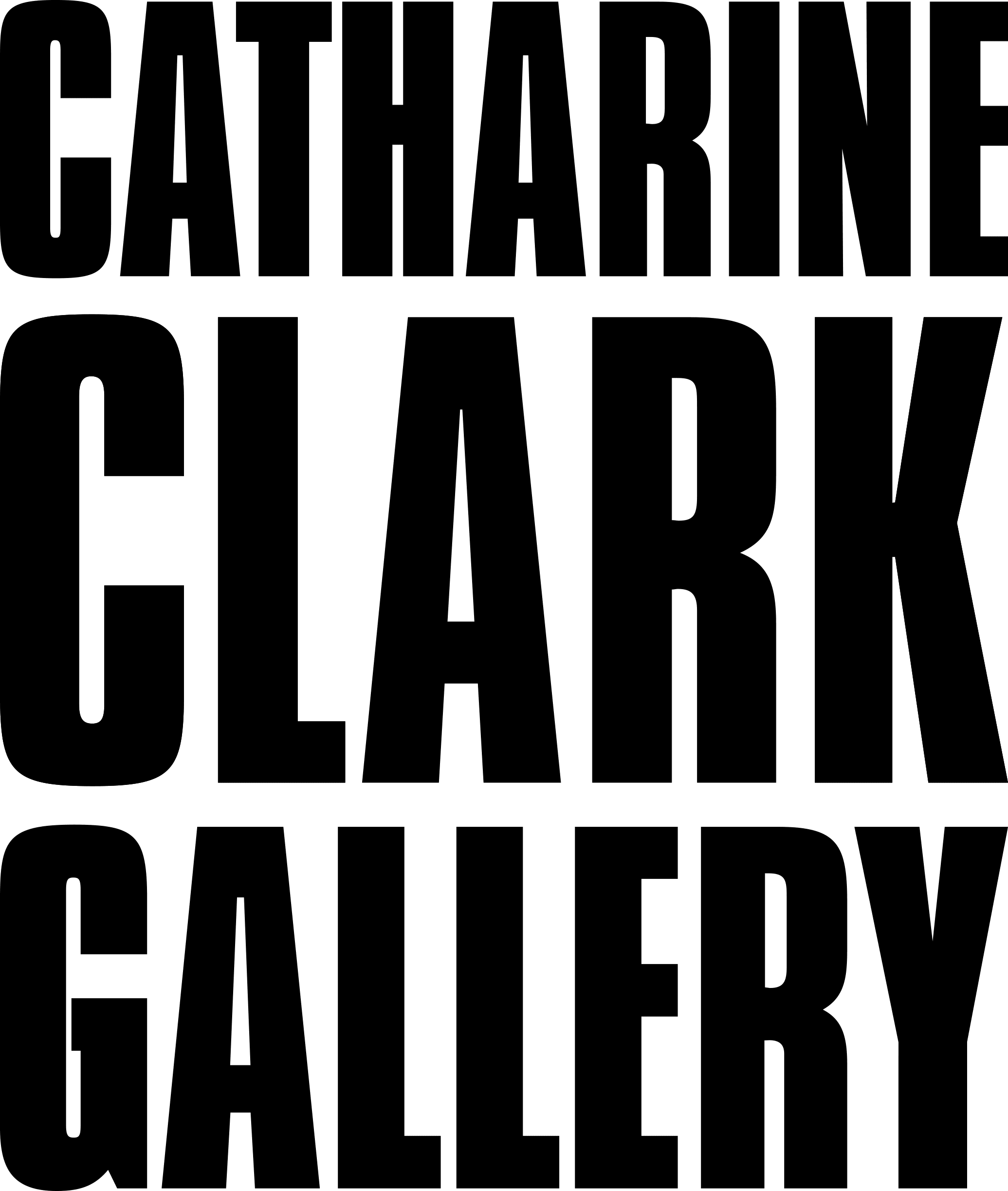From September through October 2025, EXiT at Catharine Clark Gallery will present a selection of works by Josephine Taylor. These works were initially featured in the main galleries of Catharine Clark Gallery in September 2023, during Taylor's solo exhibition Night House. Read more about this body of work below.
At once both intimate and immersive, Taylor’s compositions invite us into the extraordinary lifeworld of a family and its environment: the quiet meals, the sleepless nights, the moments of rest in between wake and dream. It is also a body of work about color: the dusky grey blue of night and the shifts in light and dark that shape and inform our emotional responses and moods.
Taylor writes: “Night House is made up of portraits of the people and things in my home at night. More than that, it is a self-portrait of a feeling and a state of being. It explores how I see things in the most private moments of my family’s domestic life, under the cover of darkness. I see color differently throughout the night: sometimes, the world around me appears covered in a thin, steel-gray veil; and at other times, it feels suffused in an inky flood of indigo.”
She continues: “The works in this show explore how persistent melancholy morphs not just what we see, but also how we see. Bleary eyed and exhausted at night, I often sit and stare at whatever is in front of me: a family member sleeping, a vase of flowers, a doorway lit from behind. Nighttime brings an altered state: things bleed together, light plays with dark, and static objects become luminous and activated. The environment feels total in the way that a singular, complex organism might. Night breathes; it pulses and glows.”
“After many months of observation, I realized that night often shrouds space with a luminous blue cast. After experimenting with synthetic blue pigments and paints, I felt an increased dissatisfaction with how blue as color was represented. I shifted course, abandoned my synthetic inks, and reached for one of the most ancient sources of blue—the indigo plant. Through a labor and time intensive process, I used dry and liquid indigo to render these images, either rubbing the indigo directly onto unprimed canvases or spraying it directly onto the surface. I never apply a paintbrush or drawing instrument to the canvas; in this way, I am trying to create an image with color in its truest form. I want the medium and the process to echo the emotional content of the work. In the dry indigo works, I want to evoke the physical demands of rubbing, and the idea of creating a mark or stain as opposed to lifting it away; with the liquid indigo works, I want to draw attention to the permanence of natural dyes, the unforgiving nature of it, and the unharnessed bleeding liquidity of it.”
“Ultimately,” Taylor remarks, “I hope that the viewer walks away wondering about melancholy, family, and night; and in that space, I hope the viewer recognizes the great potential for heightened beauty in those moments when we are pushed to the limits of our emotions.”



